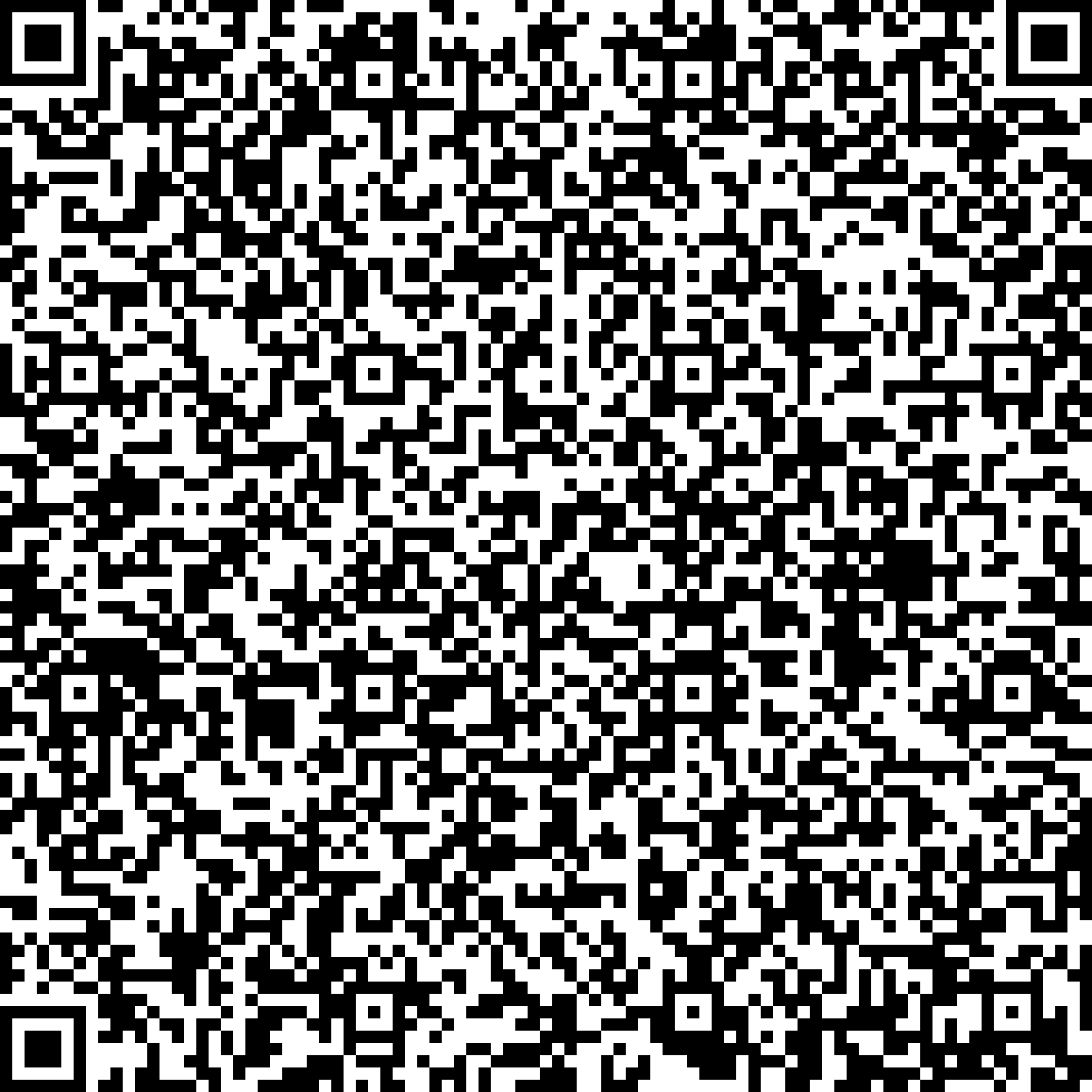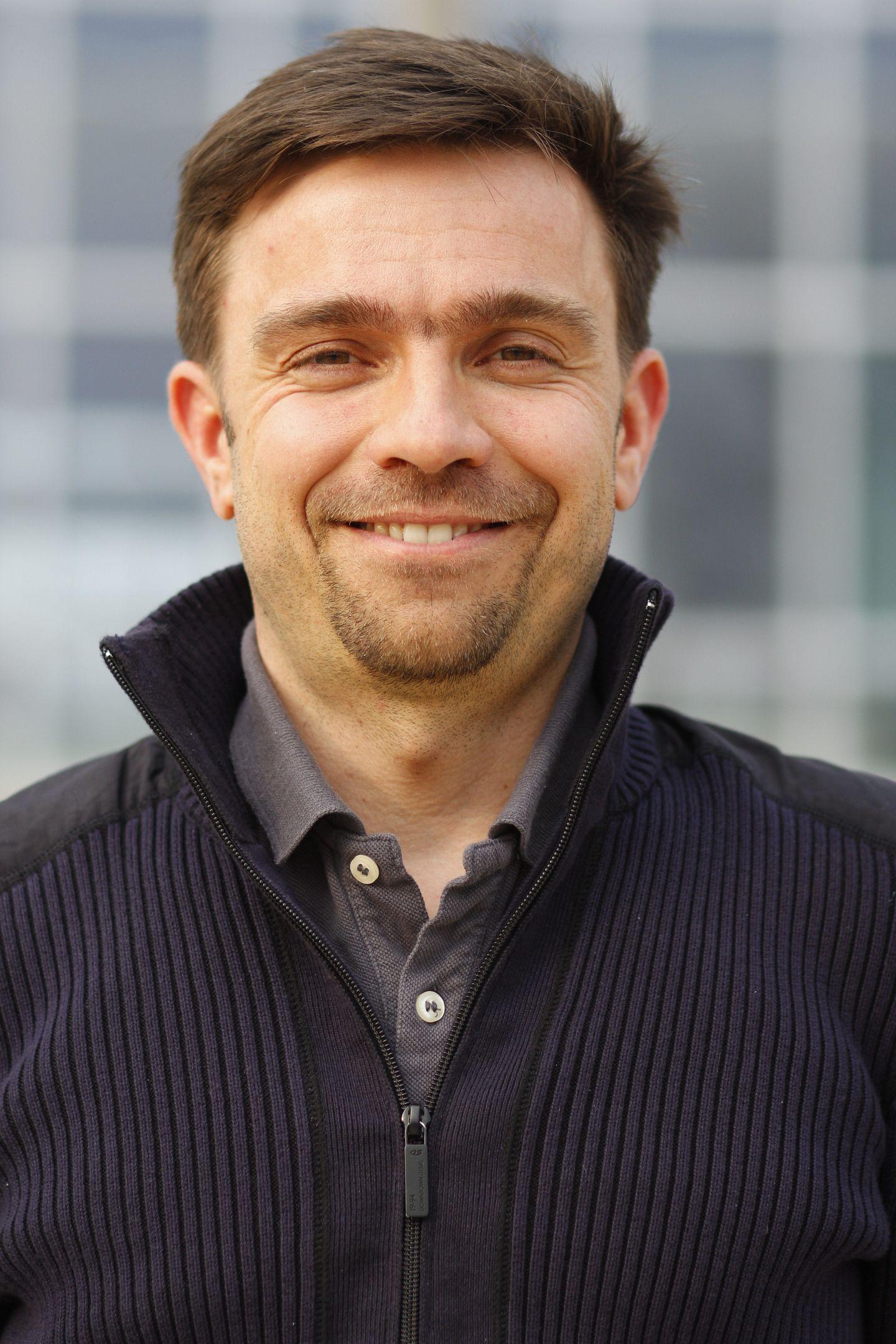


Structural DNA nanotechnology, particularly the DNA origami technique, allows to construct nanometer-sized artificial structures with almost arbitrary shapes. Most structures are however useless unless modified with other materials. In the DNA Chemistry group at the cfaed we aim to precisely arrange optically active inorganic nanoparticles such as gold nanoparticles or quantum dots to create plasmonic devices on DNA. DNA self-assembly is scalable, and therefore these structures may provide a route for the mass-production of optoelectronic components for future optical short-range communication. In addition, we develop methods to stabilize the structures against physical, chemical or biological degradation that are necessary to enable real-world applications of these rather fragile structures.



Structural DNA nanotechnology, particularly the DNA origami technique, allows to construct nanometer-sized artificial structures with almost arbitrary shapes. Most structures are however useless unless modified with other materials. In the DNA Chemistry group at the cfaed we aim to precisely arrange optically active inorganic nanoparticles such as gold nanoparticles or quantum dots to create plasmonic devices on DNA. DNA self-assembly is scalable, and therefore these structures may provide a route for the mass-production of optoelectronic components for future optical short-range communication. In addition, we develop methods to stabilize the structures against physical, chemical or biological degradation that are necessary to enable real-world applications of these rather fragile structures.